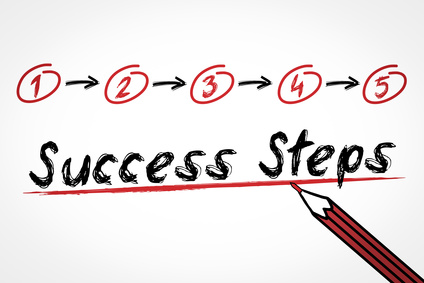Design Thinking can push us to be a part of creating a better future and help us to face the challenges life bring us taking the right decisions.
Kids at the schools can begin being the designers of the world’s future. They will be the influencers and the empowered to make the changes happen. Design thinking is a great tool for them to study and create solutions for the world.
Collaboration in the education is very important and design thinking for teachers is helpful to provide new solutions and creativity at the schools. Teachers have a great task, preparing people for jobs that they don’t even now exist yet, preparing for problems that don’t know where they are going to in the students’ life and preparing the careers of the students.
But also, it is very important and challenging for the future of students keeping optimism high. This is so critical! Optimism is part of our emotions and it is necessary to face continuously challenges.
Classrooms, schools and universities across the world are facing every day challenges that can be solved creatively with design thinking. This tool will help to approach these challenges with new perspectives, new ideas and new solutions.
The design process has different phases: discovery, interpretation, ideation, experimentation and evolution. Each one of them helps to put Design Thinking into action generating and developing new ideas in a well-structured way.
When we use this tool, we usually have a challenge that we should approach. After it and once we have learned something about it, we need to interpret it. With an open mind and freedom likely we will see an opportunity. That’s the moment where we can create something new and coming with new ideas. We should experiment that idea building a prototype and finally evolve it planning next steps, communicating the idea to people who can help to realize it, and documenting the process.
Design Thinking requires considering real world problems, research, analysis, coming with new and original ideas, experimentation and even building things by hand. I know it is very difficult to integrate these processes in the daily life of schools and universities.
This approach together with some important qualities of an effective thinker can motivate and inspire. We need people motivated and able to inspire others to provoke enough enthusiasm that brings innovation to success. Through this we can build some leadership skills and initiative to the students.
Meeting deadlines in a design process also requires some discipline. It is important that our students practice how to monitor the progress through classical techniques like time and project management.
Observation, asking and listening will enhance to facilitate Design Thinking. It is necessary that students obtain some abilities to interview and by this way understand the power of these three skills.
Students must learn that new information is essential for the process, so they will perform on-line research and identify experts who provide them all the necessary information to advance. At this time, they will develop deep empathy to be immersed in the user’s experiences.
Prototyping and getting Feedback are linked together in an iterative cycle that will provide the best solution. At the end Design Thinking is oriented into action. If we are able to build some objects that are tangible, they will allow students to get more feedback from users before they prepare the last and best version. Experimentation together with the failures they have are very valuable as additional information and will contribute to the success.
When students obtain feedback about their prototypes they can ask themselves, should we change our prototype? Do we need more information? Should we start again?
Kids and Teens learn best through making so if they are actively engaged designing and creating projects that help them to explore concepts they will be closer to achieve new ways of thinking and designing.
From kindergarteners to college students Design Thinking is a way to make people more effective and to get out their innate capabilities.





